SAINT CHRISTOPHER BEFORE THE KING OF LYCIA
FRANCESCO MARIA BIANCHI
Velate 1689 – 1757 Velate
Pen and brown ink on laid paper
32 × 40.5 cm / 12.6 × 15.9 in
Framed: 46 × 54.5 cm / 18.1 × 21.5 in
Modern gilt frame
PROVENANCE
Private collection, Northern Italy
ABOUT THE DRAWING
This refined pen-and-ink drawing can be attributed to Francesco Maria Bianchi (1689–1757), an important fresco painter of the Lombard late Baroque who worked extensively across northern Italy and Switzerland. Son of the painter Salvatore Bianchi and collaborator with the renowned quadraturisti Giacomo Antonio and Antonio Francesco Giovannini, Bianchi was responsible for some of the most ambitious ecclesiastical decorations of the early 18th century.
The composition shows the rare episode of Saint Christopher before the pagan King of Lycia, rendered with clarity, rhythm, and expressive force. The linear precision and theatrical disposition of the figures are characteristic of Bianchi’s graphic language and closely echo his fresco work in the Chiesa di San Cristoforo in Vercelli—where he famously painted the Gloria di san Cristoforo on the vault, together with allegorical Virtues in the pendentives. The present sheet may have served as a preparatory modello for that grand decorative program or for a related commission.
THE ICONOGRAPHY
The subject of Saint Christopher before the King of Lycia is among the rarest in Christian iconography. The only known comparative depiction of this episode is found on a Spanish panel (ca. 1480–85) by Martín de Soria, now housed in the Art Institute of Chicago. Both works share their source in the Legenda Aurea (Golden Legend) by Jacobus de Voragine, the medieval bestseller that shaped the hagiographic imagination of Europe for centuries.
According to the Golden Legend, Christopher—then known as Reprebus—was the son of a pagan king who sought to serve only the most powerful ruler. After leaving a Christian king who feared the devil, and later abandoning Satan himself (who feared the sign of the Cross), Christopher encountered a hermit who introduced him to Christ. Following his miraculous conversions in Lycia, he presented himself before its pagan king, refusing to renounce his newfound faith. This is the dramatic moment captured in our drawing.
SAINT CHRISTOPHER: ICON AND PROTECTOR
Though most often portrayed carrying the Christ Child across a river, Saint Christopher’s broader legend encompasses themes of spiritual quest, moral strength, and unwavering faith. As patron saint of travelers, sailors, and soldiers, Christopher stood as a symbol of steadfastness in uncertain times—a quality much sought after in the turbulent political-religious climate of late 17th-century Italy.
A RARE TESTIMONY
The present drawing is a rare visual testimony to this lesser-known chapter of Saint Christopher’s life, and a rare work on paper by Francesco Maria Bianchi. Its confident linework, spatial clarity, and rhythmic figuration mark it as both a significant document of Lombard graphic art and a valuable key to reconstructing the now-lost narrative cycles of Italian Baroque decoration.




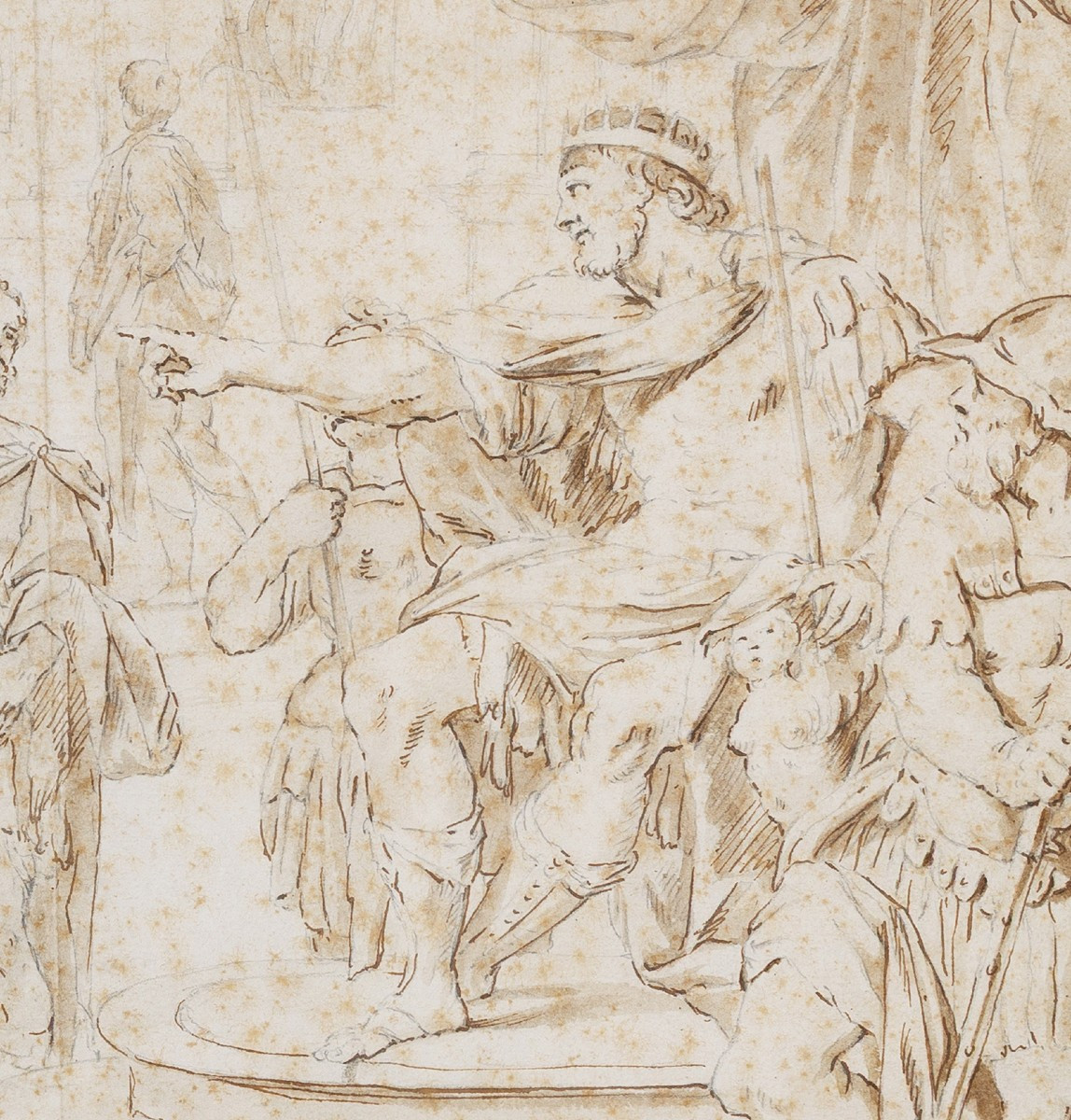
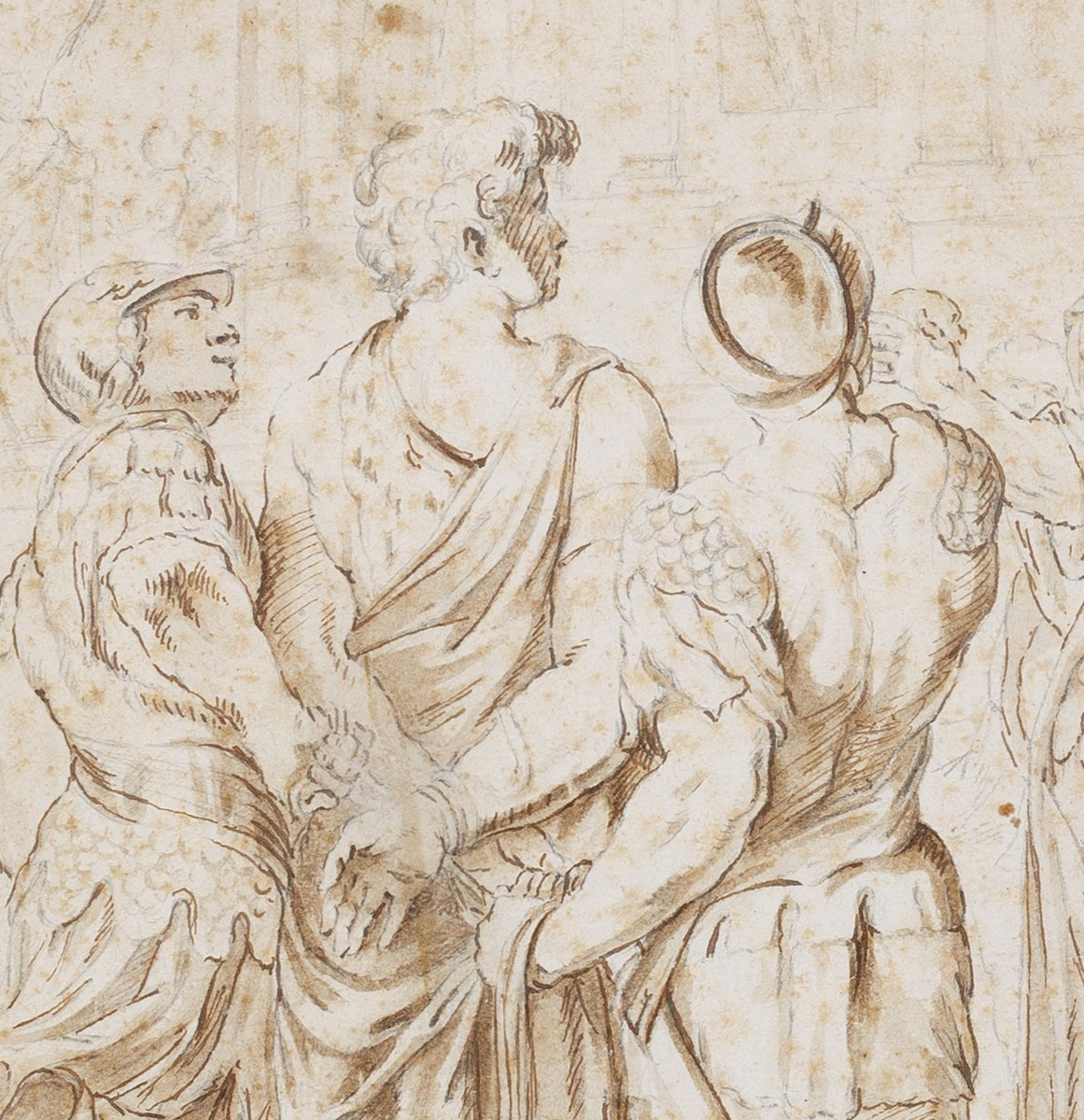
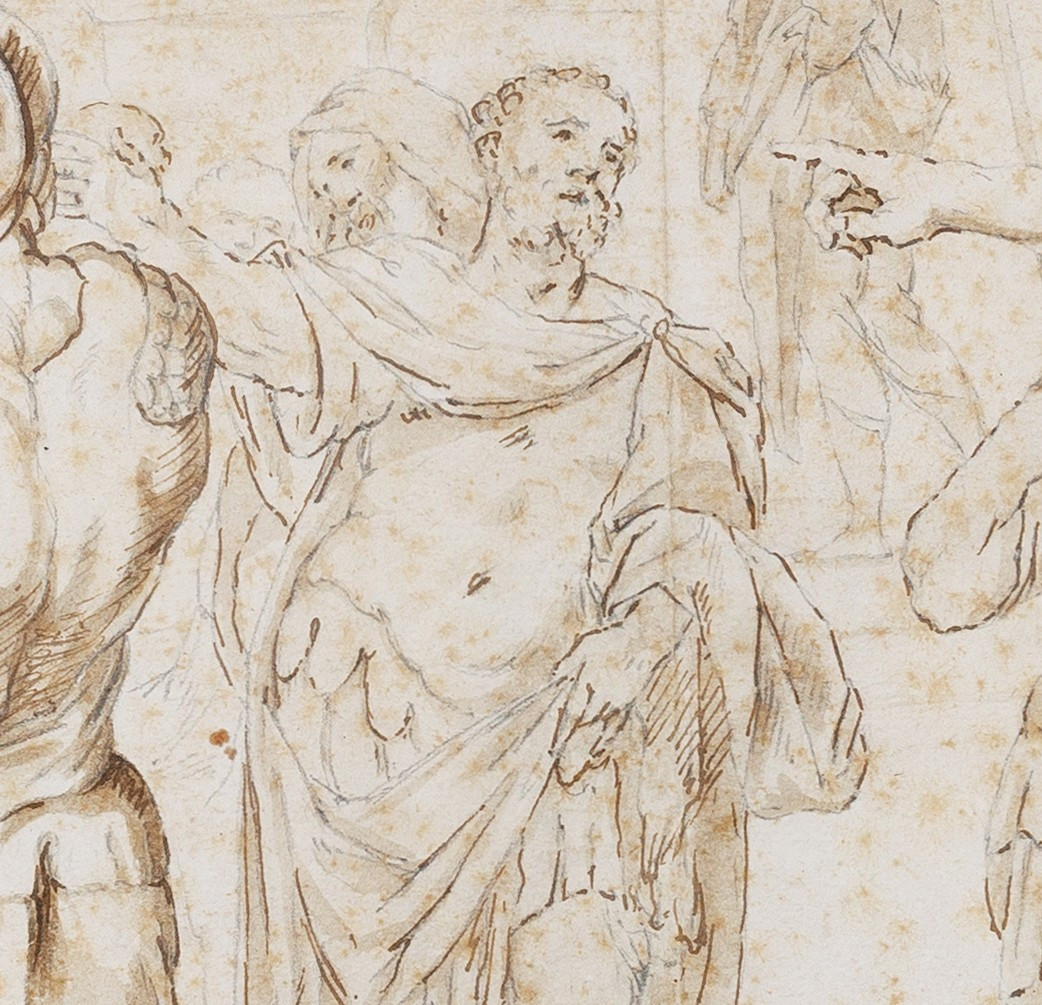

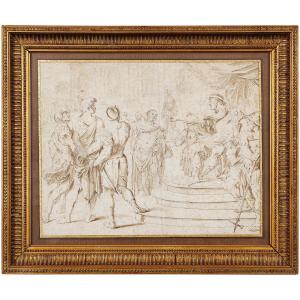






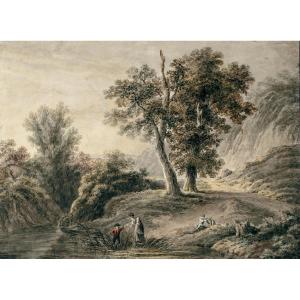
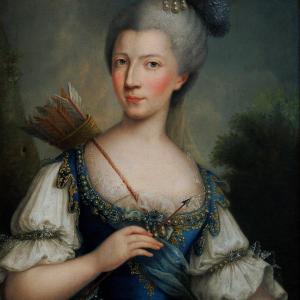









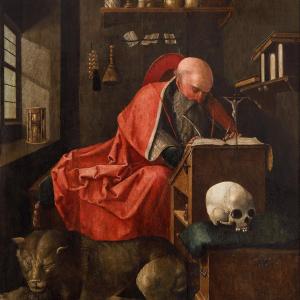
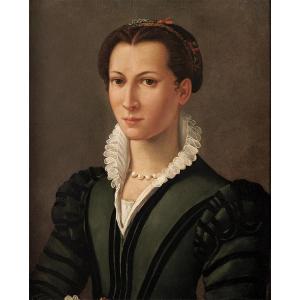
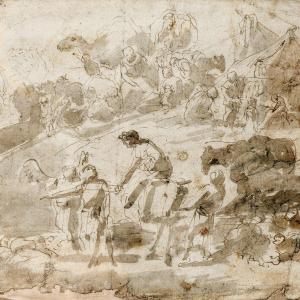
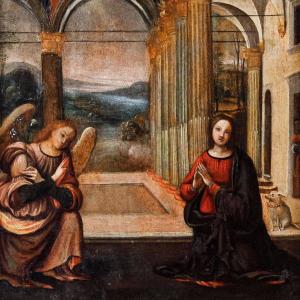

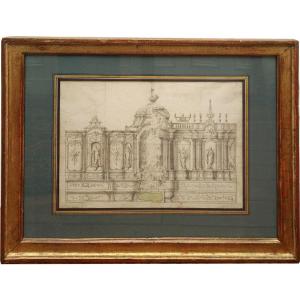






 Le Magazine de PROANTIC
Le Magazine de PROANTIC TRÉSORS Magazine
TRÉSORS Magazine Rivista Artiquariato
Rivista Artiquariato